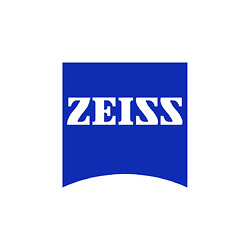On the trail of residual dirt particles
INNIO Group analyzes the chemical composition of residual dirt particles using a ZEISS solution.
INNIO Group is a company based in Jenbach (Austria) that develops and manufactures innovative systems for energy generation and compression. Because the large engines produced by the company are continuously becoming more powerful and the individual components subject to ever higher strains the INNIO Group in Jenbach introduced technical cleanliness standards 10 years ago. To determine the source of critical residual dirt particles, the company has been using ZEISS EVO scanning electron microscope since 2015.
“Even a tiny metallic dirt particle in our powerful engines can cause enormous damage,” stresses Christian Troger, Operation Quality Leader at INNIO in Jenbach. If, for example, a metallic particle the size of a grain of sand were to be located inside the connecting road bearing, the oil film in the bearing could break. Insufficient lubrication increases the friction between the crankshaft and the connecting rod bearing, which can lead to substantial damage.
The INNIO Group sets industry-wide standards in terms of engine performance and reliability. The Jenbacher generator sets and power-heat and power-heat-cooling generation systems in the performance range of 250 KW to 10.4 MW can be operated with many types of energy sources, such as landfill gas, sewage gas, biomethane or hydrogen, thereby supporting customers in their transition to net zero.
But the higher the efficiency and power density of the engines, the higher the peak pressures and bearing loads. The designers’ response? Harder bearings and smaller lubrication gaps. However, this increases the risk of the oil film ripping, caused by so-called killer particles.
A must: technical cleanliness
Inspired by the experiences of the automotive industry and following Guideline VDA 19, the INNIO Group already defined its first standards for technical cleanliness in 2012. The entire process encompassed around 800 project steps. And around 3 million euros were invested in measures and solutions such as air locks, encasings, and devices for the rinsing and determination of residual dirt particles.
ZEISS EVO scanning electron microscope plays a key role in discovering and removing potential contamination sources. This microscope works with the software ZEISS Smart Particle Investigator for particle analysis and classification. The software, which fulfills the current ISO and VDA norms for technical cleanliness, combines in one single application all aspects needed to operate the SEM, process images, and perform elemental analysis.
Read the full story here.
